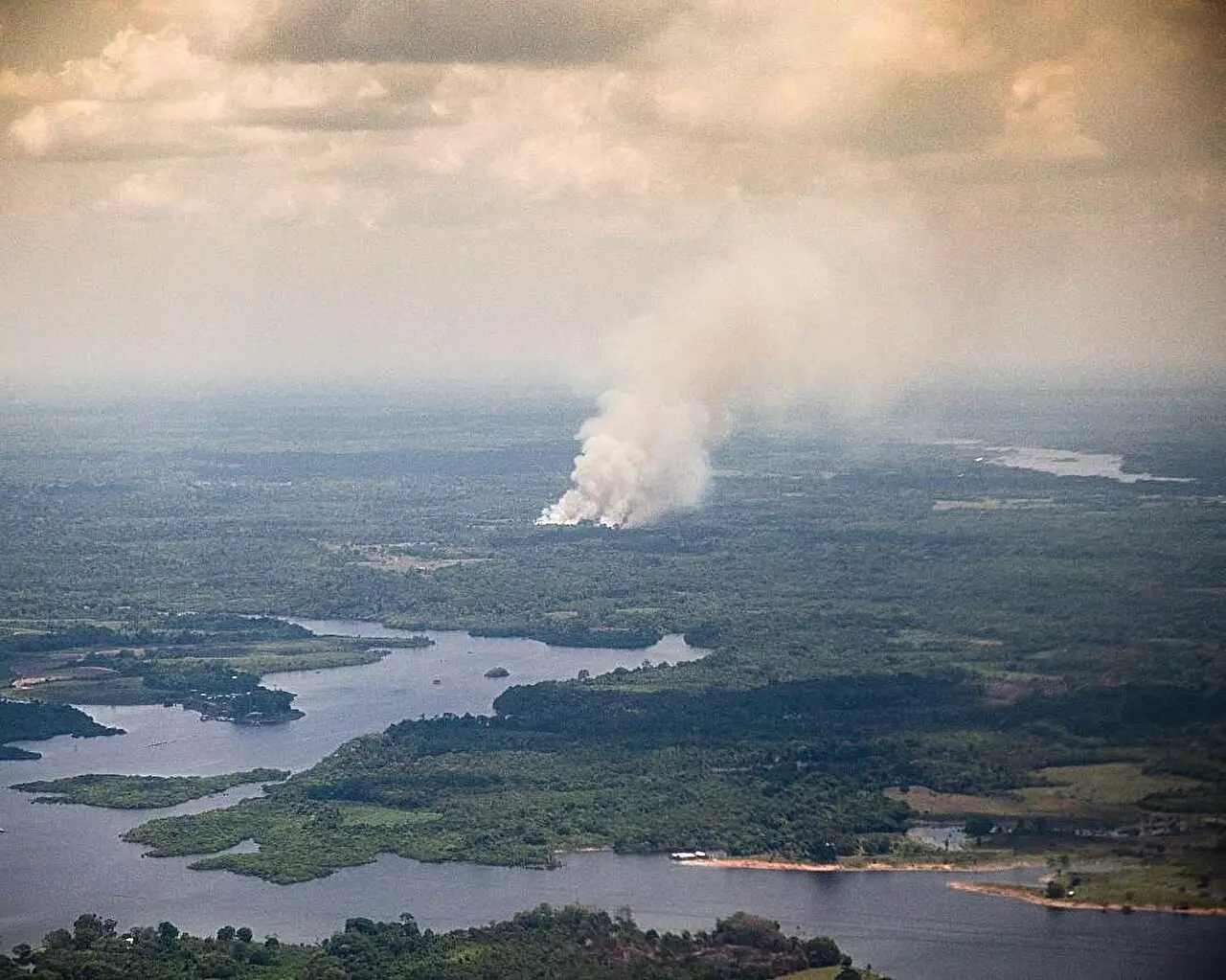The implications of smoke from wildfires extend far beyond immediate air quality concerns. Recent research has unveiled a crucial dimension to wildfire smoke: the role of ultrafine particles (UFPs). Traditionally deemed insignificant, these minuscule pollutants have been shown to influence not only human health but also pivotal atmospheric processes, including cloud formation and precipitation dynamics.
Understanding Ultrafine Particles
Wildfire smoke comprises a mix of larger and smaller particles, with UFPs being notably tiny and often neglected in atmospheric studies. Historically, it was believed these particles were rapidly scavenged by their larger counterparts, leading to the assumption that their presence in smoke was transient and inconsequential. However, recent investigations, notably in the Amazon region, have challenged this viewpoint, revealing that UFPs possess a surprising resilience within smoke plumes and may play a significant role in atmospheric chemistry.
In a groundbreaking study published in the journal *One Earth*, researchers analyzed measurements obtained from aircraft flying through smoke-laden skies over the Amazon rainforest. This research illuminated the abundance of UFPs generated in smoke from vegetation fires. Using high-resolution simulations through advanced modeling techniques like the Weather Research and Forecasting coupled with Chemistry model (WRF-Chem), the research team was able to elucidate the mechanisms behind UFP formation and persistence.
A pivotal finding of the study was the mechanism by which UFPs continue to exist within smoke clouds, despite the potential scavenging effects of larger particles. Rather than being lost to these larger particles, UFPs form through efficient nucleation processes that allow for a sustained presence in the atmosphere. This resilience implies that UFPs can substantially influence cloud properties and precipitation patterns.
The Broader Implications on Weather Patterns
The implications of these findings are significant. The modeled simulations suggested that UFPs could enhance storm dynamics, leading to more potent storm clouds and increased rainfall. In contrast, the larger particles emitted directly from fires may have an inverse effect, potentially suppressing precipitation. This dual behavior poses complex challenges for weather prediction models, which must now account for the nuanced interplay of different particle sizes in smoke.
By illuminating the role of UFPs, this research raises critical questions about how current Earth system models are constructed. Traditionally, these models have downplayed or disregarded the contributions of secondary UFPs formed through chemical reactions after biomass burning. The new understanding that UFPs can contribute significantly to cloud formation and rain development necessitates a reevaluation of how aerosols are incorporated into climate models, especially in the context of increasing wildfire incidents driven by climate change.
This newly illuminated area sparks a plethora of research opportunities. The understanding that UFPs, formed from various chemicals like dimethyl amines and sulfuric acid, can influence weather patterns opens the door to long-term studies on the effects of wildfires on climate. Future research can delve deeper into quantifying UFP emissions during wildfire events, analyzing their longevity in the atmosphere, and determining their specific effects on regional and global climate systems.
Moreover, refining aerosol emission estimations and improving the resolution of atmospheric models will be crucial in enhancing predictive capabilities related to weather extremes. Understanding how various particulate matter influences precipitation and storm formation will help improve our responses to the challenges posed by climate change.
The revelation of the significant role of ultrafine particles in wildfire smoke represents a profound advancement in our understanding of atmospheric science. It underlines the interconnectedness of environmental phenomena and emphasizes the urgent need for updated models that more accurately reflect the complexities of smoke interactions in the atmosphere. As awareness grows of the multidimensional impacts of wildfires, integrating these findings into environmental policy and disaster preparedness becomes ever more crucial. The health of our planet and its inhabitants depends on our ability to grasp these nuances and respond accordingly.


Leave a Reply